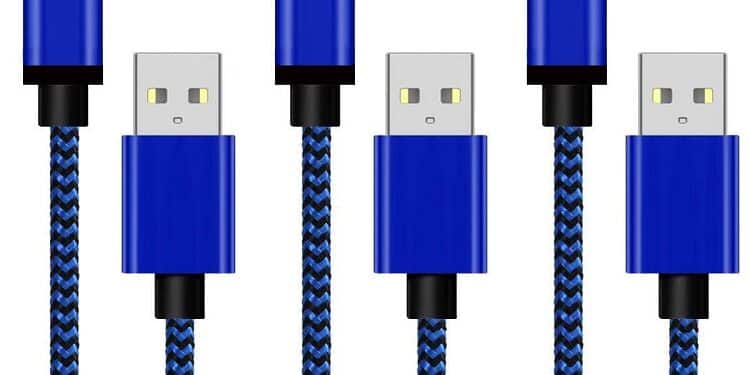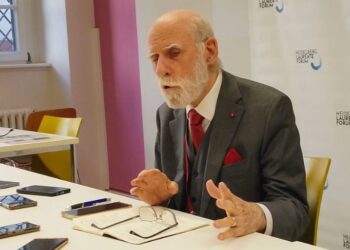The EU parliament on Tuesday passed a new law requiring USB-C to be the single charger standard for all new smartphones, tablets and cameras from late 2024.
The measure, which EU lawmakers adopted with 602 in favour and 13 against, will—in Europe at least—push Apple to replace its outdated Lightning port on iPhones with the USB-C one already used by many of its competitors.
Makers of laptops will have extra time, from early 2026, to also follow suit.
EU policymakers say the single charger rule will simplify Europeans’ lives, reduce the mountain of obsolete chargers, and reduce consumers’ costs.
The bloc’s competition chief Margrethe Vestager said it is expected to save at least 200 million euros ($195 million) per year and cut more than a thousand tonnes of EU electronic waste every year.
The EU move is expected to ripple around the world.
The European Union’s 27 countries are home to 450 million people who count among the world’s wealthiest consumers. Regulatory changes in the bloc often set global industry norms in what is known as the Brussels Effect.
“Today is a great day for consumers, a great day for our environment,” Maltese MEP Alex Agius Saliba, the European Parliament’s pointman on the issue, said.
“After more than a decade, the single charger for multiple electronic devices will finally become a reality for Europe, and hopefully, we can also inspire the rest of the world,” he said.
Faster data speed
Apple, the world’s second-biggest smartphone seller after Samsung, already uses USB-C charging ports on its iPads and laptops.
However, it resisted EU legislation to force a change away from its iPhones’ Lightning ports, saying that would be disproportionate and would stifle innovation.
However, some users of Apple’s latest flagship iPhone models—which can capture extremely high-resolution photos and videos in massive data files — complain that the Lightning cable transfers data at only a fraction of the speed USB-C does.
The EU law will apply to all handheld mobile phones, tablets, digital cameras, headphones, headsets, portable speakers, handheld video game consoles, e-readers, earbuds, keyboards, mice, and portable navigation systems in two years.
People buying a device will have the choice of getting one with or without a USB-C charger, taking advantage of the fact that they might already have at least one cable at home.
Makers of electronic consumer items in Europe agreed a single charging norm from dozens on the market a decade ago under a voluntary agreement with the European Commission.
But Apple refused to abide by it, and other manufacturers continued to produce alternative cables, meaning there are still some six types in existence.
They include old-style USB-A, mini-USB and USB-micro, creating a jumble of consumer cables.
USB-C ports can charge at up to 100 Watts, transfer data at up to 40 gigabits per second, and serve to hook up to external displays.
Apple also offers wireless charging for its latest iPhones, and there is speculation that it might eliminate charging ports for cables entirely in future models. However, currently, the wireless charging option offers lower power and data transfer speeds than USB-C.












